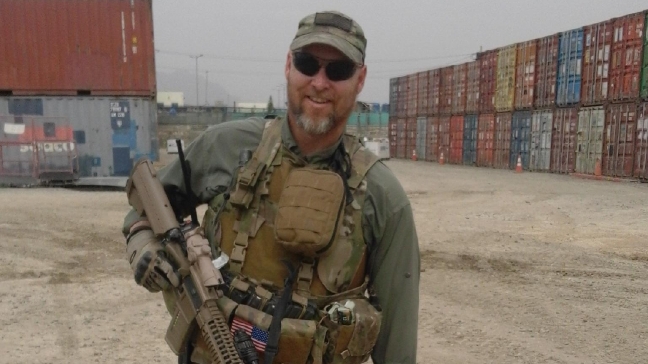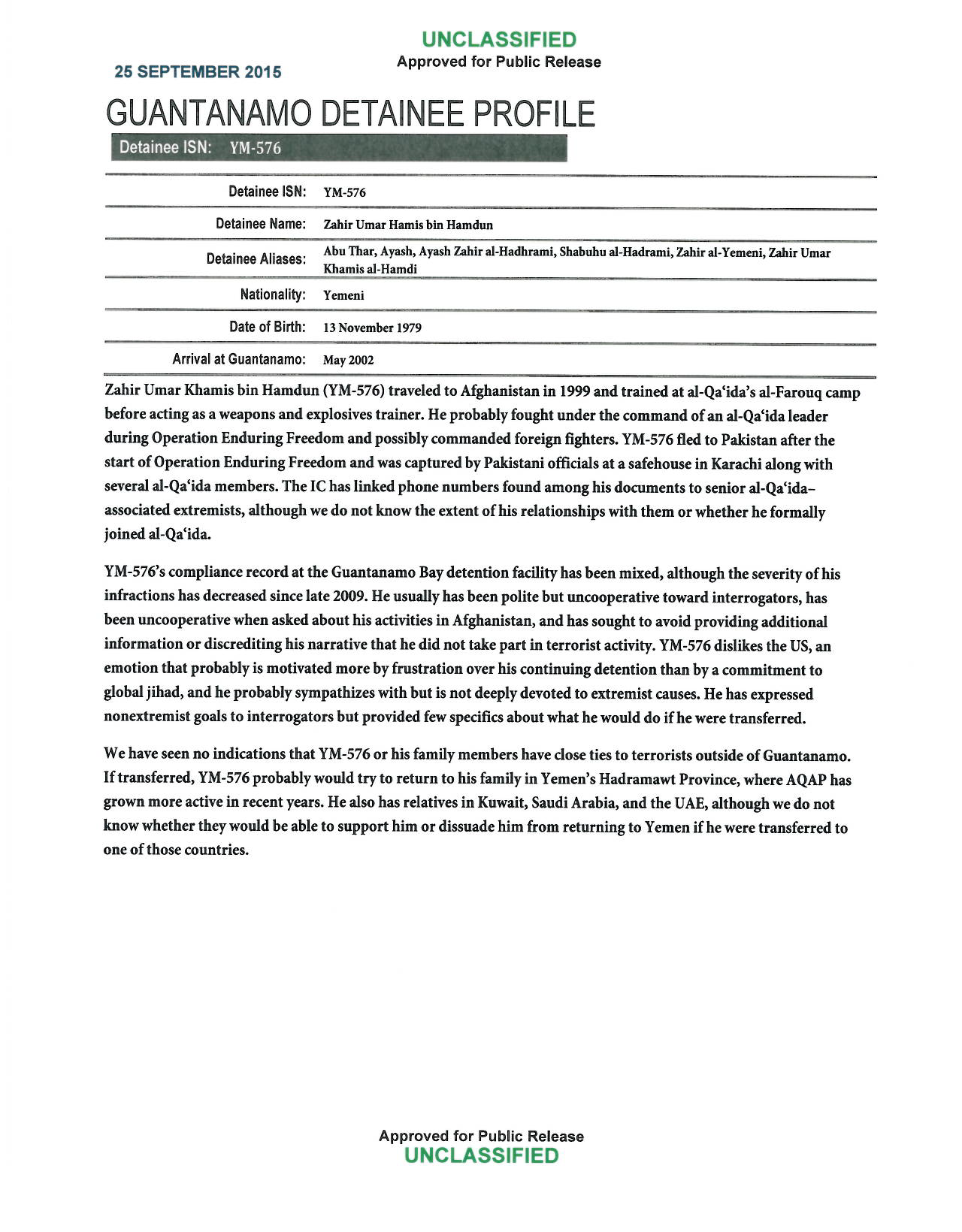The next Benghazi? State Department leaves contractors in Afghanistan without escape plan
Circa: The concerns are heightened by the fact that many of those civilians doing the security and nation-building work of the U.S. government hold sensitive security clearances, making them an attractive target for the enemy.
And the situation could become even more precarious after the U.S. military in Afghanistan draws down to just 8,400 troops by year’s end.
“It’s not just a political nightmare for somebody, it’s people’s lives at stake,” said Kevin Ofchus, head of Georgia-based firm Host Nations Perspectives Southwest Asia (HNPSWA) that has security contracts in Afghanistan.
The current situation
“The State Department says there’s a lack of infrastructure to support an emergency response after we’ve spent 15 years and billions of dollars on infrastructure,” he added.
Ofchus’s company is a member of the State Department’s Overseas Security Advisory Committee, and it chairs the Crisis Management Advisory Subcommittee in Kabul, which advises companies about security working in hot-zones.
And his sentiments are widely shared by a dozen other federal contractors in theater interviewed by Circa, some of whom would only talk on condition of anonymity because they feared reprisal from Washington.
“I was told ‘don’t bother going to Kabul, grab your weapon and fight your way through until you can reach an aircraft’ or whatever,” said one contractor working in Afghanistan, who spoke on condition of anonymity.
“I don’t think any of us count on State Department to have their shit together. I’ve never seen, heard or prepared for any evacuation plan.”
— -Anonymous contractor
So is there a plan?
State Department officials told Circa that there is an evacuation plan, but they could not release any details about it because it was classified.
Mike Warren, a security director for the USAID-backed Mining Investment and Development for Afghanistan Sustainability Project, known as MIDAS, says he believes State has a very remedial plan but it fails on almost every security protocol.
“The Department of State, in close coordination with the Department of Defense, has a crisis response plan for Afghanistan that encompasses civilians and contractors. U.S. Forces-Afghanistan, in close coordination with the U.S. Embassy in Kabul, maintains a classified Non-Combatant Evacuation Operations plan to support the chief of mission,” the department wrote in an email.
“I know the U.S. Embassy was working on a plan, but it’s a shell of what they need,” Warren said in a phone interview from Kabul. “There appears to be a lack of coordinated effort between the U.S. Embassy and the American companies and personnel here in Afghanistan.”
“I know the U.S. Embassy was working on a plan, but it’s a shell of what they need.”
— Mike Warren, security director for MIDAS
Circa obtained a Memorandum of Understanding (MOU) between the State Department and Department of Defense governing the protection and evacuation of U.S. citizens and nationals from threatened areas overseas. The document specifically outlines the duties and requirements of the various agencies.
The Secretary of State “will prepare the plans for the protection and evacuation of all U.S. citizens and nationals and designated other persons abroad, including the Department of Defense (non-combatants).” More terrifying details here from Circa.
*****
In part: Now, as President Obama prepares to hand off combat operations in Iraq, Afghanistan, Syria, and elsewhere, to his successor, he’s also bequeathing a way of war that relies on large numbers of guns-for-hire while, at least formally, restricting the number of American “troops” sent overseas. Since 2009, the ratio of contractors to troops in war zones has increased from 1 to 1 to about 3 to 1.
Private military contractors perform tasks once thought to be inherently governmental, such as raising foreign armies, conducting intelligence analysis and trigger-pulling. During the Iraq and Afghanistan wars, they constituted about 15 percent of all contractors. But don’t let the numbers fool you. Their failures have an outsized impact on U.S. strategy. When a squad of Blackwater contractors killed 17 civilians at a Bagdad traffic circle in 2007, it provoked a firestorm in Iraq and at home, marking one of the nadirs of that war.
Contractors also encourage mission creep, because contractors don’t count as “boots on the ground.” Congress does not consider them to be troops, and therefore contractors do not count again troop-level caps in places like Iraq. The U.S. government does not track contractor numbers in war zones. As a result, the government can put more people on the ground than it reports to the American people, encouraging mission creep and rendering contractors virtually invisible.
For decades now, the centrality of contracting in American warfare—both on the battlefield and in support of those on the battlefield—has been growing. During World War II, about 10 percent of America’s armed forces were contracted. During the wars in Iraq and Afghanistan, that proportion leapt to 50 percent. This big number signals a disturbing trend: the United States has developed a dependency on the private sector to wage war, a strategic vulnerability. Today, America can no longer go to war without the private sector. More here from DefenseOne.





